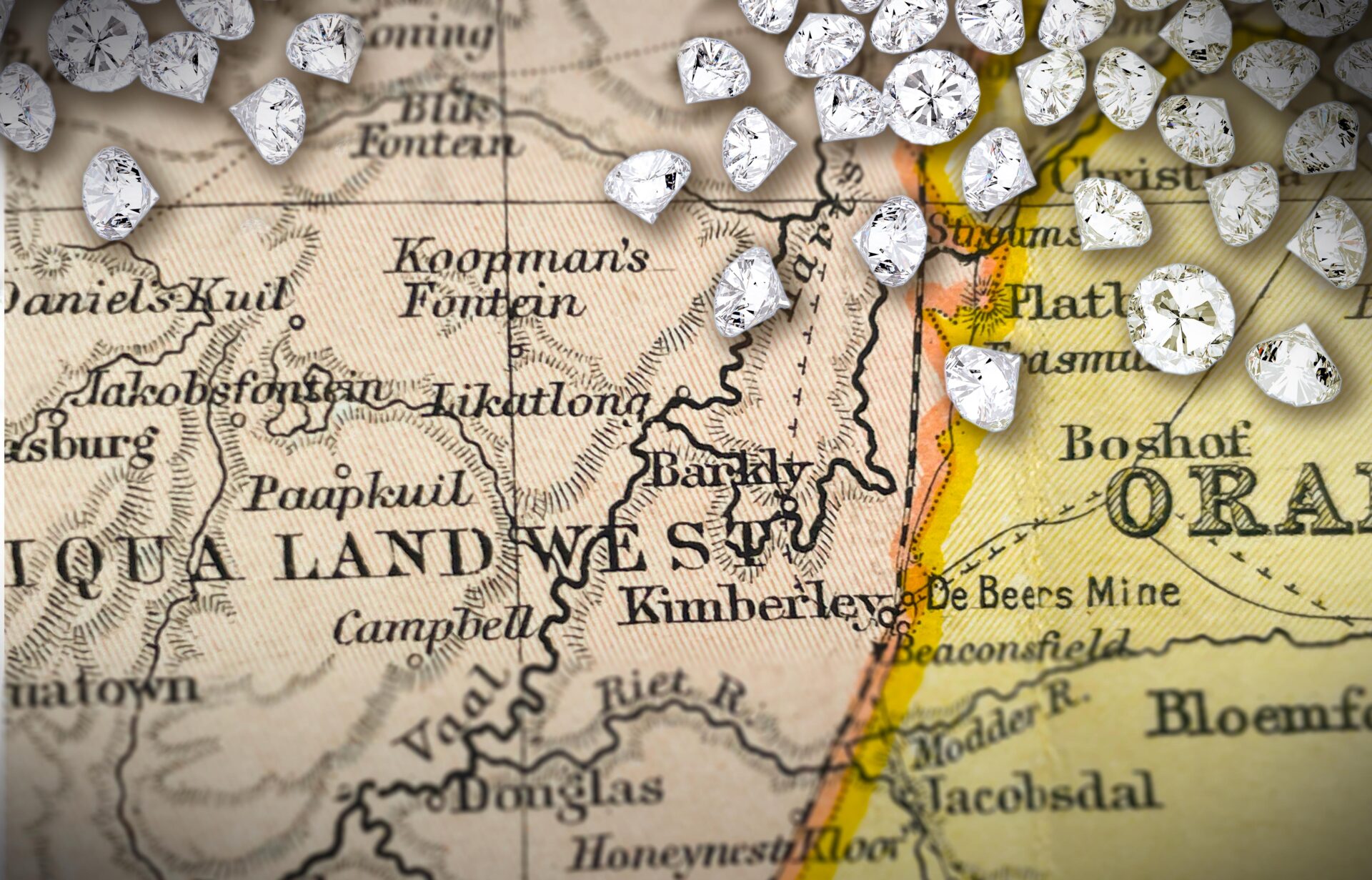The first in a series exploring the complex legacies behind the fortunes that shaped Britain’s most cosmopolitan seaside resorts.
When I first discovered the elegant storefront of Barrance & Ford in a 1906 photograph, with its carefully arranged windows displaying the finest ladies’ fashions, I never imagined it would lead me down such a fascinating trail. This Brighton establishment, where society women came to commission luxurious fur coats and court gowns, became my window into understanding something much larger: the intricate web of wealth that transformed a modest seaside town into one of Europe’s most cosmopolitan destinations.
Brighton’s Belle Époque: A Cosmopolitan Playground
By the 1890s, Brighton had evolved far beyond its origins as a humble fishing village of Brighthelmstone. The town’s remarkable transformation began in the late 18th century when Dr. Richard Russell promoted sea bathing as a cure for illnesses, but it was the arrival of the railway in 1841 that truly democratised access to this seaside paradise. By 1848, an estimated 250,000 people visited Brighton each year.
What made Brighton unique in the Belle Époque era was its sophisticated international character. The opening of grand hotels like the Metropole in 1890—then the nation’s largest hotel outside London with over 700 rooms—created a magnet for wealthy visitors from across Europe and the colonies. With its proximity to the capital, Brighton earned the nickname “London-by-the-Sea,” yet it offered something the capital couldn’t: the intoxicating combination of sea air, social freedom, and continental sophistication.
The cosmopolitan atmosphere attracted international aristocracy, including Indian princes and European nobility. From the 1760s, Brighton served as a boarding point for boats travelling to France, establishing it as a gateway between Britain and the continent. This international connectivity brought not just visitors, but the wealth they carried with them—fortunes earned across the globe during an era of unprecedented imperial expansion.
The Hidden Stories Behind the Elegance
While Brighton’s promenades showcased endless displays of prosperity—elegant carriages, magnificent hotels, and fashionable establishments like Barrance & Ford—the origins of this wealth often lay far from the seaside’s genteel facade. Consider the story of one particular customer who walked through Barrance & Ford’s doors: Frances Christina “Fanny” Barnato, widow of the South African diamond and gold magnate Barney Barnato.
In 1900, the British Empire commanded the world, and men like Barney Barnato embodied its swagger. Diamond fields in Kimberley, gold reefs on the Witwatersrand, rubber plantations across Malaya—each represented civilisation’s march into the wilderness. The Financial Times celebrated these ventures as triumphs of progress: London shareholders earned dividends, colonial governments collected taxes, and local populations discovered wage labour and Western education.
This prosperity demanded a price invisible to most contemporary observers. Indigenous peoples lost their lands, workers endured brutal contracts, and wealth flowed on terms dictated entirely by European interests. Yet the moral certainty of the age cast empire as humanity’s great civilising mission. What we now recognise as systematic exploitation appeared then as enlightened progress.
Where Global Fortunes Met Local Luxury
The wealth that circulated on Brighton’s promenades carried these complicated legacies. For Fanny Barnato, recently widowed with three small children, such complexities mattered less than immediate survival. Her husband had left her nearly £1 million—enough to keep the family secure and stylish. When she entered Barrance & Ford seeking a fur coat, she sought both comfort and status. The luxury she desired carried its own troubled legacy, yet her need was immediate and real.
The moment a customer stepped over the threshold at Barrance & Ford, the unfriendly bite of the chilling autumn air yielded to the sheltered calm within. For women of Fanny’s social standing, such establishments offered more than merchandise—they provided a sanctuary where attentive service, elegant surroundings, and careful discretion created an atmosphere of emotional comfort alongside material luxury.
Following the Money Trail
This intersection of global wealth and local consumption fascinates me because it reveals how international fortunes—whether from diamond mines, rubber plantations, or textile mills—found their expression in the elegant shops and grand hotels of Brighton. Each purchase tells a story not just of personal taste, but of global connections that spanned continents and connected the drawing rooms of Brighton’s elite to the furthest reaches of empire.
The question that drives this series is simple yet complex: when we examine the beautiful objects, elegant establishments, and sophisticated society that made Brighton famous, what stories do we uncover about the money that made it all possible? How did global wealth transform a fishing village into a cosmopolitan resort, and what can the spending patterns of the wealthy tell us about the broader economic forces shaping the British Empire?
In upcoming posts, we’ll follow specific trails: the American industrial fortunes that built Brighton’s grandest mansions, the colonial trading profits that funded elaborate social seasons, and the domestic manufacturing wealth that supported an entire ecosystem of luxury services. Each story adds another layer to our understanding of how Brighton became a showcase for the complex legacies of global capitalism.
Brighton’s golden age was built on more than sea air and royal patronage—it was constructed from the accumulated wealth of an empire at its zenith. By understanding these financial foundations, we gain insight not just into Brighton’s unique character, but into the broader forces that shaped modern Britain itself.
The Yestersmith explores forgotten histories through the lens of commerce and society. Have a retail history to share? Contact me at info@yestersmith.com

